There are literally, really, honestly hundreds of these sites in Norfolk, I’ll do a post on them eventually. Godwick is one of my favourites; it’s remote, a bit hidden up and not exactly populated by other wanderers. The vast majority of these DMVs (Deserted Medieval Villages) are far more deserted at least in terms of visible evidence.
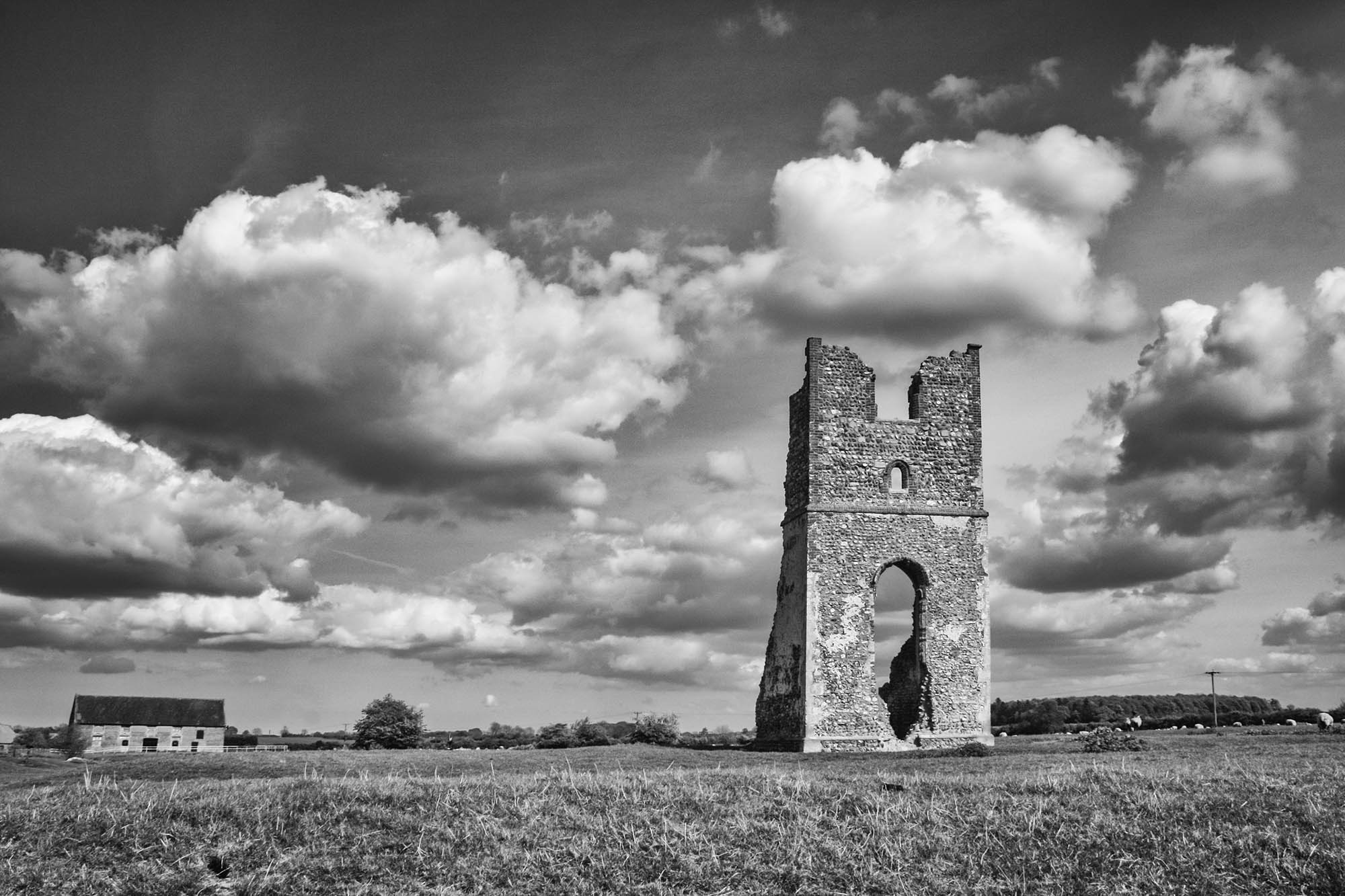
Godwick is near Fakenham in North West Norfolk lying on a line of difficult to cultivate glacial tills and heavy clays, it’s basically not easy to crop, the site was ‘enclosed’ by the Coke of Holkham – basically a rich landowner kicks tenants off his land and sticks sheep on it – some things don’t change except it’s probably more likely to be a golf course these days. It is more complex than this as it had tenant farmers here too who may well have offered encouragement for other villagers to move elsewhere – not just the estate itself. It’s interesting to note that the nearby medieval barn which was built in 1597 is right across the path of the old main street, it’s listed as completely ‘whollie ruynated and decaied long since, unknowne by whose negligence’ in 1602. (Tymms, 1866, 232 ). The parish was consolidated with Titteshall in 1630.
It is one of the best preserved Deserted Medieval Village sites in Britain, this is partly due to the lack of ploughing over the last 400 years; roads, marl pits, ponds, gardens, boundaries and housing platforms are all visible as earthworks and of course it has a church tower. Don’t be entirely fooled by it though, it was remodelled as a folly in the early 1600s, but stands as it would have in the middle of the village groundworks. The . A totally captivating place. The tower survived until 1981 when the eastern wall collapsed. The tower is complex, containing elements of medieval at the base with freestone quoins, the top part of the tower has replacement brick cornicing which dates to the early 17th century. It is composed of flint rubble and coursed flint, limestone and brick.
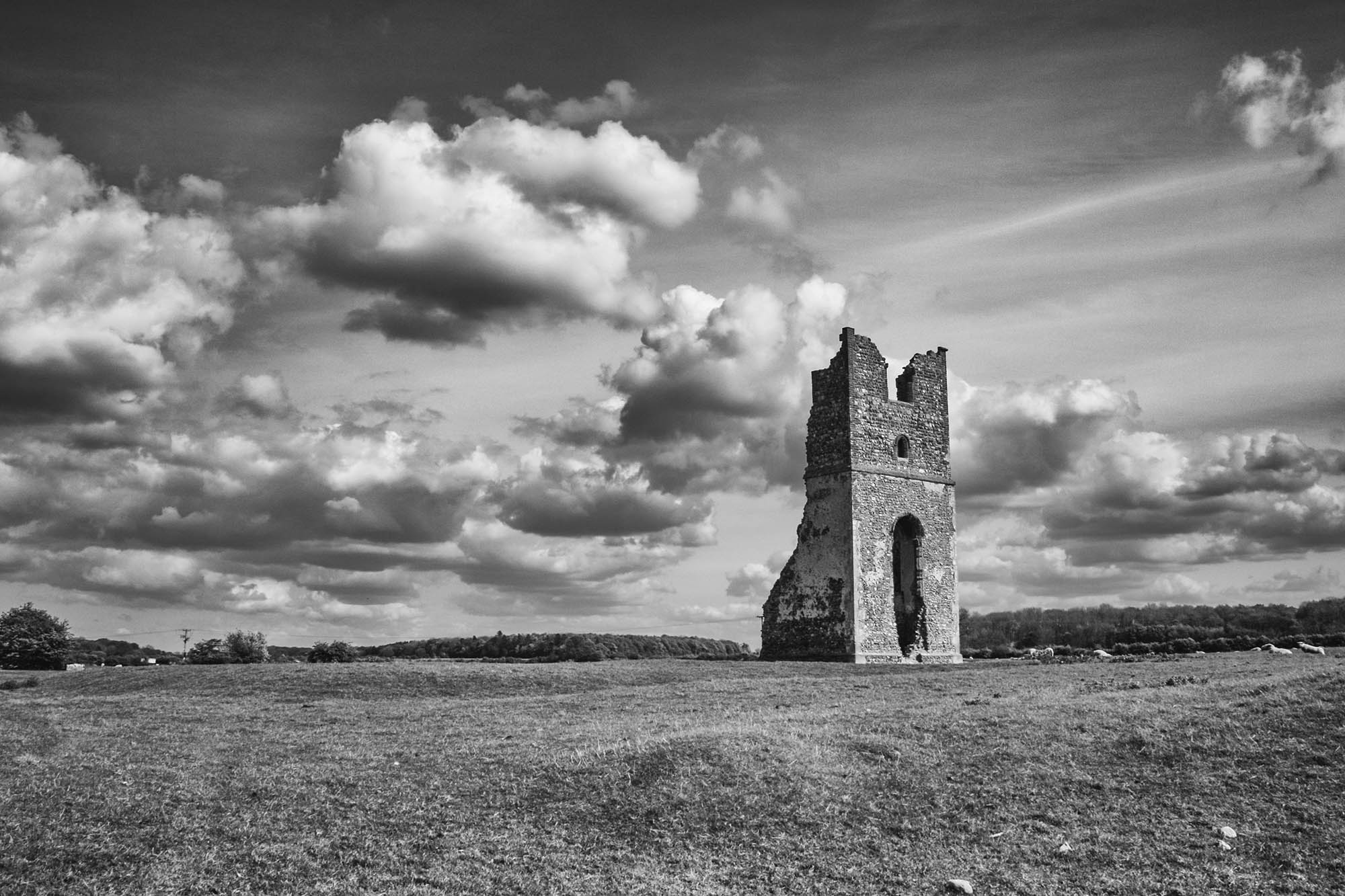
The second shot here was taken from a hollow that I originally thought was a pond, but there were various pits dug on the site it may well be one of these. You can see a Medieval Great barn in the background, which was apparently renovated by the Coke of Holkham when he bought Godwick Hall. It ‘s been recently re-renovated and forms a rather nice wedding and events venue. One feature that intrigued me about it was the windows on this elevation the tracery is quite detailed although the windows are bricked in. Both the Barn and the church would have been visible from the hall, which also no longer exists – built in the late 1500s and demolished in the 1960s having lain in ruins for many years.
The site is on Private land but with mercifully good access, and the owner is a good egg. Finding it can be slightly problematic if like me you have no sense of direction, but basically look for Whissonset which is nearby. It’s worth noting the land is still farmed, sheep graze on the site. Parking is on the farm, and the site has signage and interpretation to indicate what is what, the owner deserves commendation; I know of deserted village sites in Norfolk which have no access at all, in at least one case the church has recently fallen over and been removed.
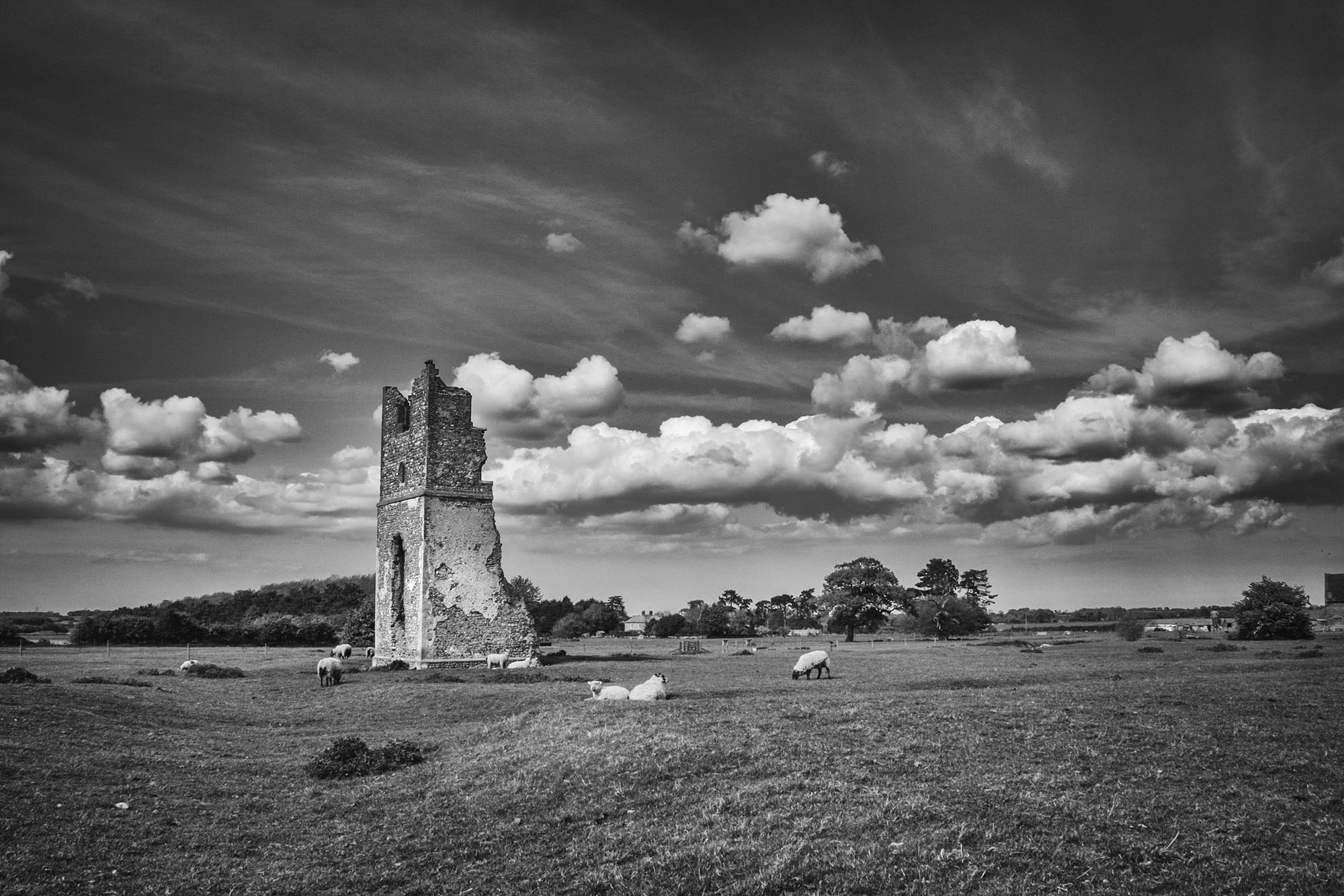
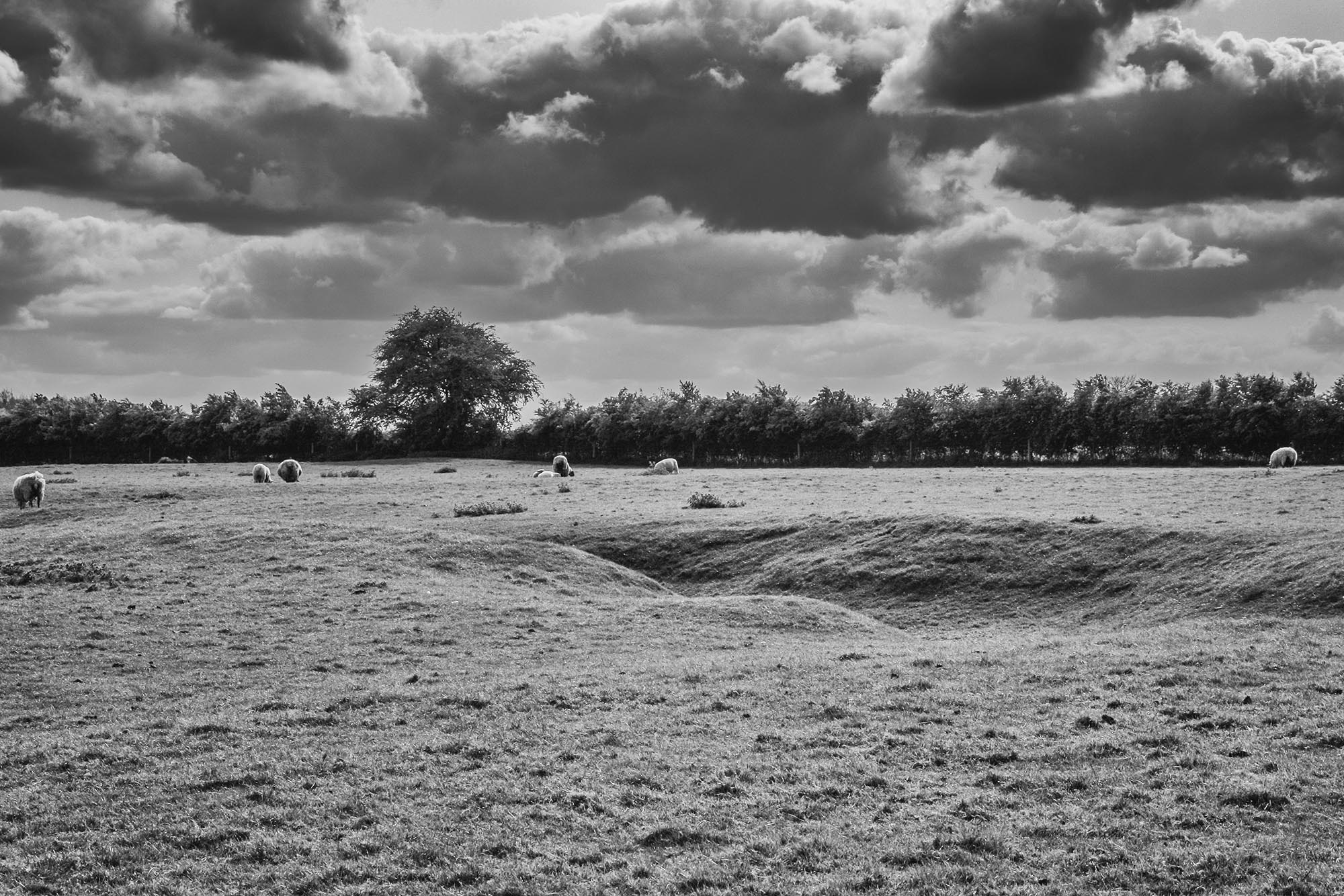
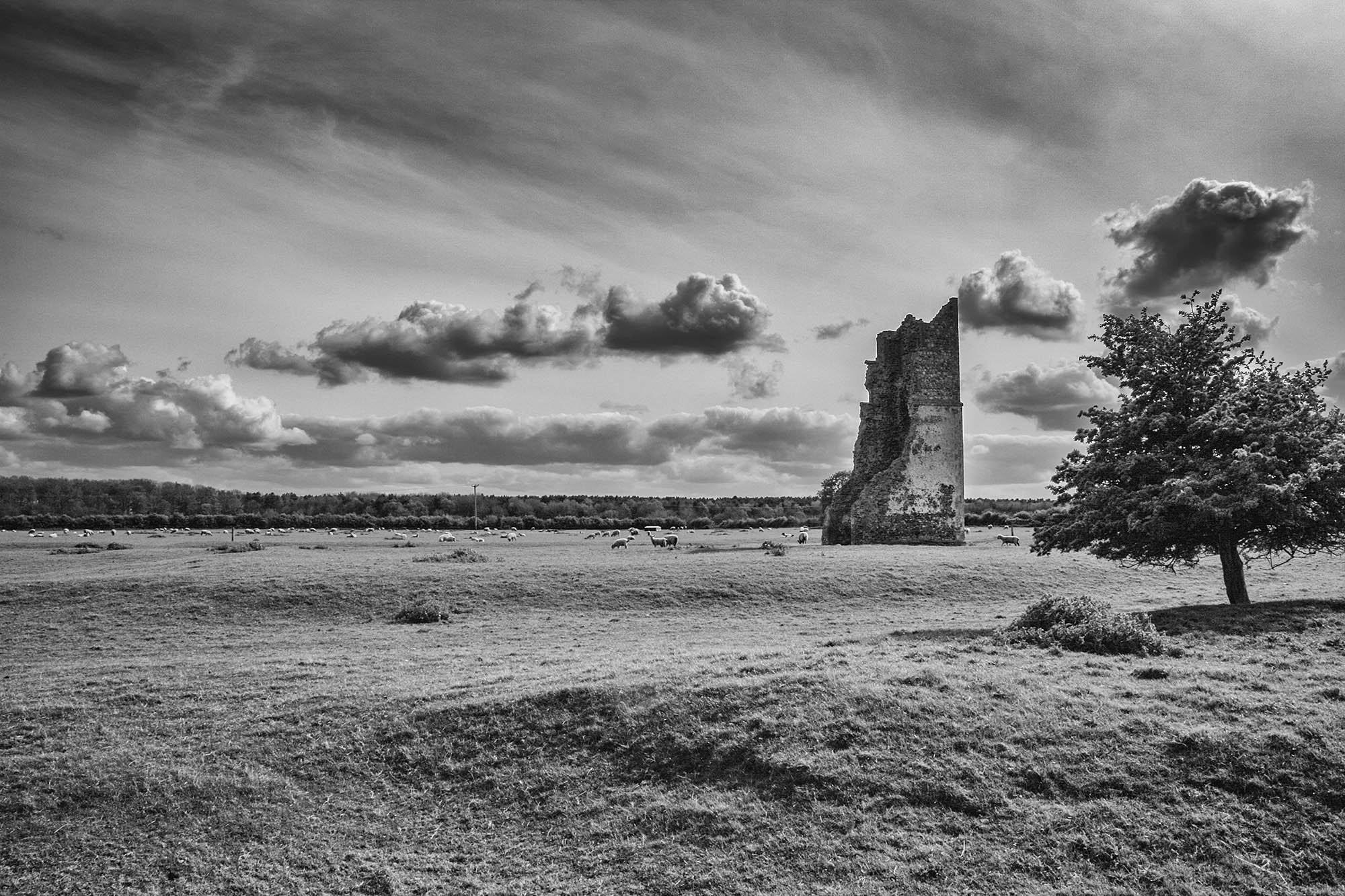
Godwick prints in the shop

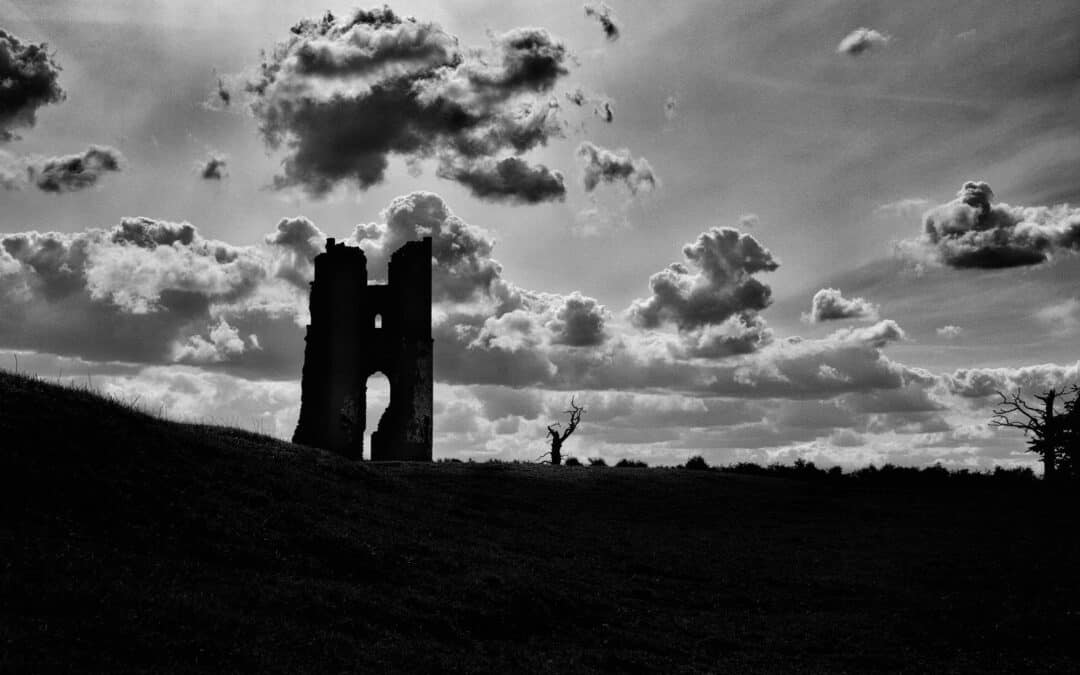
Trackbacks/Pingbacks